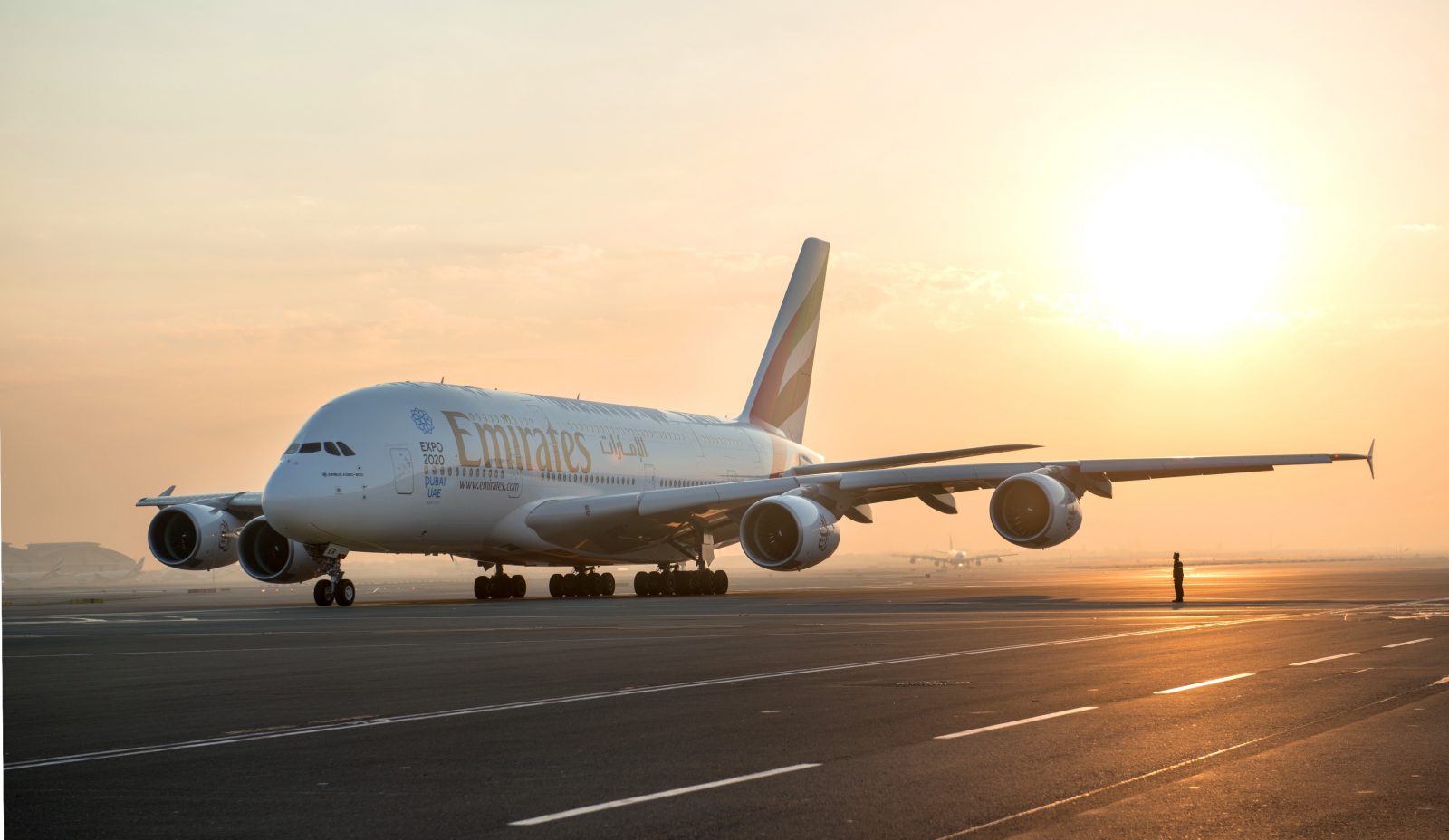
The summer season in the Northern Hemisphere has well and truly started and the mercury is starting to inch higher and higher. But as long hot, sunny days will undoubtedly be welcomed by most people, it can bring a lot of discomfort for airline passengers. As we feel the outside temperature increasing, we also have to contend with an almost unbearable rise in the cabin temperature onboard many passenger planes.
But it’s not just a case of feeling a little hot under the collar. Last June, we saw first hand how a hot and stuffy plane cabin can cause potentially life-threatening problems. In that incident, a 4-month old baby had to be hospitalized after overheating on a United Airlines flight which was waiting to depart Denver International Airport.
The city had been experiencing a heatwave at the time and on that day outside temperatures were nudging 90 degrees Fahrenheit (32 degrees Celcius). Due to a ground delay, passengers were stuck onboard as the cabin got hotter and hotter. Flight attendants brought ice to try and cool Owen France, the young baby and his mother was even allowed to deplane with her son for 20 minutes.
When they got back on the plane things only seemed to get worse. Owen’s mother, Emily, told the Denver Post at the time: “His whole body flashed red and his eyes rolled back in his head and he was screaming.” She went onto say: “And then he went limp in my arms. It was the worst moment of my life.”
While stories like this are thankfully uncommon, United said this situation should never have happened, going onto explain that the airline was “actively looking into what happened to prevent this from occurring again.”
Yet nearly a year later and not a lot seems to have changed. The Federal Aviation Authority (FAA) doesn’t mandate a maximum cabin temperature so airlines are allowed to make their own rules up.
American Airlines, for example, won’t allow passengers to board an aircraft if the cabin temperature is above 90 degrees – but to many, that still seems like an excessively hot temperature to travel in.
Of course, the problem is normally only limited to when the aircraft is on the ground – especially when it’s parked at a gate. When a plane is attached to ground power with its engines switched off, inside air conditioning is very limited. Many airports have systems to pump cool air into the cabin but how cold that air comes out is very much dependent on some variable air conditioning systems.
Perhaps unsurprisingly, some airports in the Middle East, including Dubai International Airport where summer temperatures routinely top 110 degrees, have sophisticated and very high powered ground-based air conditioning systems.
Another way to get an aircraft cool is to use the plane’s Auxillary Power Unit (APU) to crank up the internal air conditioning system. But that’s a fuel hungry, environmentally unfriendly method which airlines don’t like to use and is sometimes restricted at certain airports.
Some flight attendant unions say the 90-degree rule is simply too high. Both the Association of Professional Flight Attendants and AFA is calling for a lower limit of around 80 degrees. They’ve issued instructions to their members to deplane themselves should conditions become too hot.
In the meantime, some airlines are asking passengers to close their window blinds, turn off reading lights and open air vents before disembarking – the thinking being that every little can help to keep temperatures at an acceptable level.
Mateusz Maszczynski honed his skills as an international flight attendant at the most prominent airline in the Middle East and has been flying ever since... most recently for a well known European airline. Matt is passionate about the aviation industry and has become an expert in passenger experience and human-centric stories. Always keeping an ear close to the ground, Matt's industry insights, analysis and news coverage is frequently relied upon by some of the biggest names in journalism.







